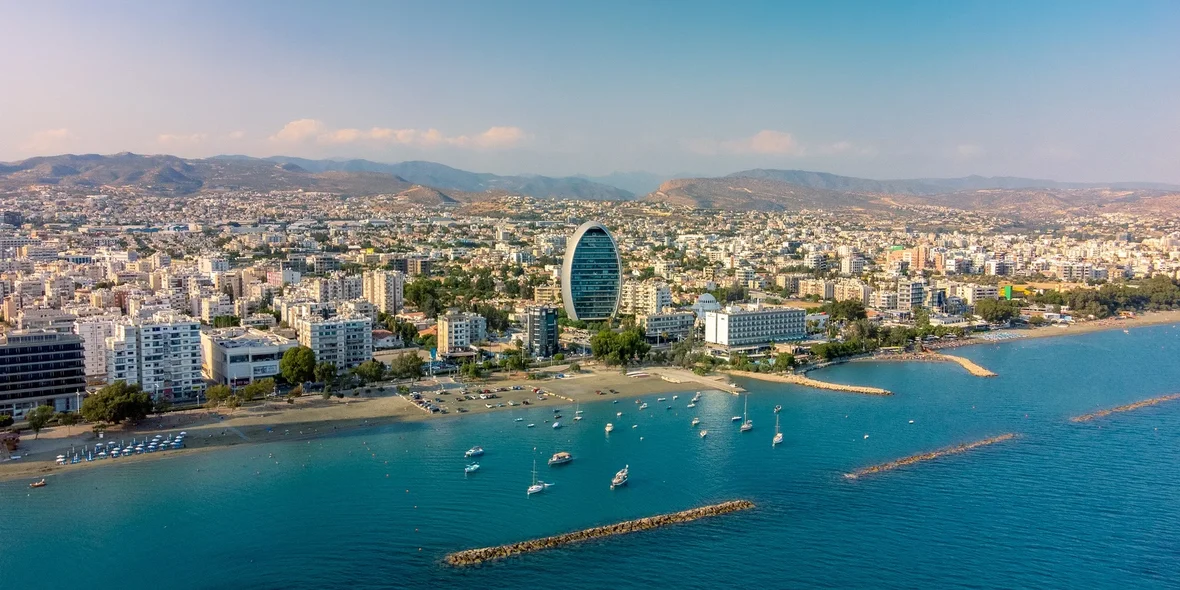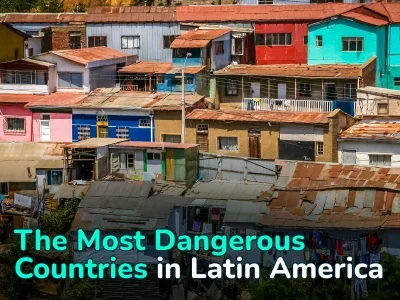
Cyprus Property in 2025: What Investors and Buyers Need to Know
Over the past year, the volume of property transactions in Cyprus has increased by almost 18% to an impressive €2 billion. While prices have begun to stabilise after their rapid rise, the island continues to attract buyers from all over the world. What is behind this trend and why do foreigners account for a third of all purchases?
In our interview, Victoria Yatsuta, head of the local real estate agency My Space, talks about current prices in different cities of Cyprus, the peculiarities of the local market and why the island attracts both investors and those looking for housing for themselves.

— What new and important things have happened in the real estate market of Southern Cyprus recently?
— By the end of 2024, the market had stabilized after the rapid growth of previous years. Prices have stopped growing exponentially, but still maintain an upward trend. At the same time, a decrease in activity on the part of citizens of non-EU countries is recorded, which is associated with the tightening of visa and tax policies in some countries. The number of foreign buyers from Israel, Lebanon, and Great Britain has increased.
— How have demand and sales volumes changed over the last year and a half?
— In 2024, 15,797 real estate transactions were registered in Cyprus, which is 17.8% more than in 2023. The total transaction volume reached €2 billion.
The greatest demand is for residential properties in Cyprus (about 77%). Shared distribution of demand by segments:
• Share of houses/villas ~ 27%.
• Share of apartments ~50%.
• Office space ~9%.
• Land plots ~14%.
According to expert data, 75% of transactions are in the economy and business classes, about 25% of transactions are in the premium segment (transactions over 500 thousand euros). The elite segment accounts for more than 5% of this volume (transactions over 2 million euros).
— Who most often buys housing in Cyprus?
— Foreigners (approximately 35% of the market): citizens of Great Britain, Germany, Scandinavia, Israel, Ukraine, Russia, Lebanon and the UAE. Cypriots still make up the bulk of buyers (65% of transactions). But it should be taken into account that domestic demand among the general population is mainly for economy and business class residential real estate; demand for real estate in the more expensive premium segments comes from foreign buyers.
— When is the market most active?
— The peak of activity traditionally falls in spring (March-May) and autumn (September-November). At this time, the largest transactions are carried out and the interest of foreign buyers increases.
— How much does a square meter cost in Cyprus?
— The current cost in 2025 varies by city and type of property (see list below).
Residential real estate
Average property prices in Cyprus in 2025 (weighted average of transaction numbers and sales budgets for residential properties, including apartments, townhouses, villas):
- Limassol: primary market — €4000/m², secondary — €3500.
- Paphos: primary market — €2800, secondary — €2400.
- Larnaca: primary — €2600, secondary — €2200.
- Nicosia: primary — €2500, secondary — €2000.
- Ayia Napa, Protaras, Paralimni: primary — €2800, secondary — €2300.
The share of the primary market (new buildings) is approximately 45% of all transactions.
The highest demand (more than 30%) is in Limassol. Average price per square meter in Limassol by property class:
- Economy-comfort segment: 3500–4000 euro/m².
- Premium segment: 4500–7000 EUR/m².
- Elite segment: from 7500 euro/m².
Commercial real estate:
- Limassol: offices — €3900/m², retail — €4500.
- Paphos: offices — €2300, retail — €2700.
- Larnaca: offices — €2500, retail — €2800.
Land plots:
Comparative analysis by region (1 hectare / 10,000 m²)
|
Parameter |
Limassol |
Nicosia |
Ayia Napa |
Pathos |
Larnaca |
|
Average cost/ha |
€7,500,000 |
€4,500,000 |
€6,000,000 |
€5,200,000 |
€4,800,000 |
|
Development potential |
Villas, premium, mixed-use |
Offices, housing, student dormitories |
Resort facilities |
Housing, apart-hotels |
Housing, Commerce, Hotels |
|
Demand |
Very high, stable |
Moderate, gradual |
Seasonal, burst |
Expanding demand |
Active growth of interest |
Property Price Forecast 2025:
|
City |
Expected price increase (%) |
|
Nicosia |
5-6% |
|
Pathos |
9-10% |
|
Limassol |
7-8% |
|
Larnaca |
9-10% |
|
Ayia Napa |
8-9% |
— What type of real estate is most in demand today?
— Among these are apartments in new residential complexes with developed infrastructure, villas with beautiful views of the sea, mountains, as well as townhouses and maisonettes in large cities and suburbs.
The short-term rental segment and housing in tourist areas are popular among investors. Among buyers of premium and elite segment real estate (purchase budget over 500 thousand euros), Limassol (40% of demand) and Paphos (10%) are in demand by transaction geography. Among buyers of the economy and comfort class segments (with a purchase budget of up to 200 thousand euros), especially among buyers from Lebanon, Israel, Russia, and Ukraine, the geography of demand shifts to the secondary market in Larnaca, Paphos, Nicosia.
Over the last 5 years, due to the active development of the development market, there has been an active demand for land plots, and finding a good plot in a given location that meets the customer’s requirements is becoming a difficult task.
— What are the main legal and tax aspects of the transactions?
— Citizens, if they are not from EU member states, must apply for permission to acquire. The procedure is legal, but requires due diligence, an assessment of the status of the title, and the absence of encumbrances.
Taxes:
- VAT on new housing is 19% (can be reduced to 5%).
- Stamp duty: 0.15–0.20%.
- Capital gains tax: 20% for residents.
The annual property tax was abolished in 2017.
— What is trending in the housing market of Southern Cyprus in 2025?
— Buyers are increasingly interested in environmentally sustainable, energy-efficient homes. The popularity of real estate with a smart home system, solar panels, as well as objects with high construction standards with modern layouts, high ceilings, panoramic windows, and heated floors is growing.
At the peak of demand are projects with the concept of a resort residence, a family villa, as well as many requests for land plots from both investors and private buyers.
Separately, I would like to note the growth in demand for residential complexes with infrastructure that includes a local area, sports facilities, playgrounds, and beautiful landscape design. And, of course, an important factor remains a good location within the city near schools, shops, leisure and shopping centers, medical institutions, green parks, and beaches.
— Who is your typical client?
— This is a married couple aged 35–55; the child goes to high school or is already studying at university and lives separately from the parents, and the husband is engaged in business or works remotely. These are mainly foreigners, including Russian-speaking ones, interested in medium-term investments. 85–90% of them are looking for housing for themselves. About 10–15% of clients make purchases for investment purposes: renting out, reselling, preserving, and growing capital.
— What are the main features of the real estate market in Southern Cyprus in comparison with other European countries?
— Over the past five years, the real estate market in Southern Cyprus has been distinguished by its stability, favorable tax regime and the possibility of obtaining a residence permit through investments from €300,000.
Unlike many European countries, here you will have access to a warm climate, safety, loyalty of the local population to foreigners, including Russian-speaking residents of the island, a convenient and developing infrastructure for education (more than 40 higher education institutions), optimal prices for housing, a comfortable business environment and taxation for the business of expat entrepreneurs, as well as IT nomads.
Cyprus property buyers value the island for its combination of a favorable, one might say, leisurely lifestyle and attractive conditions for both short-term and long-term investments.
Author
I am responsible for editorial work. I write expert interviews and guides.


















